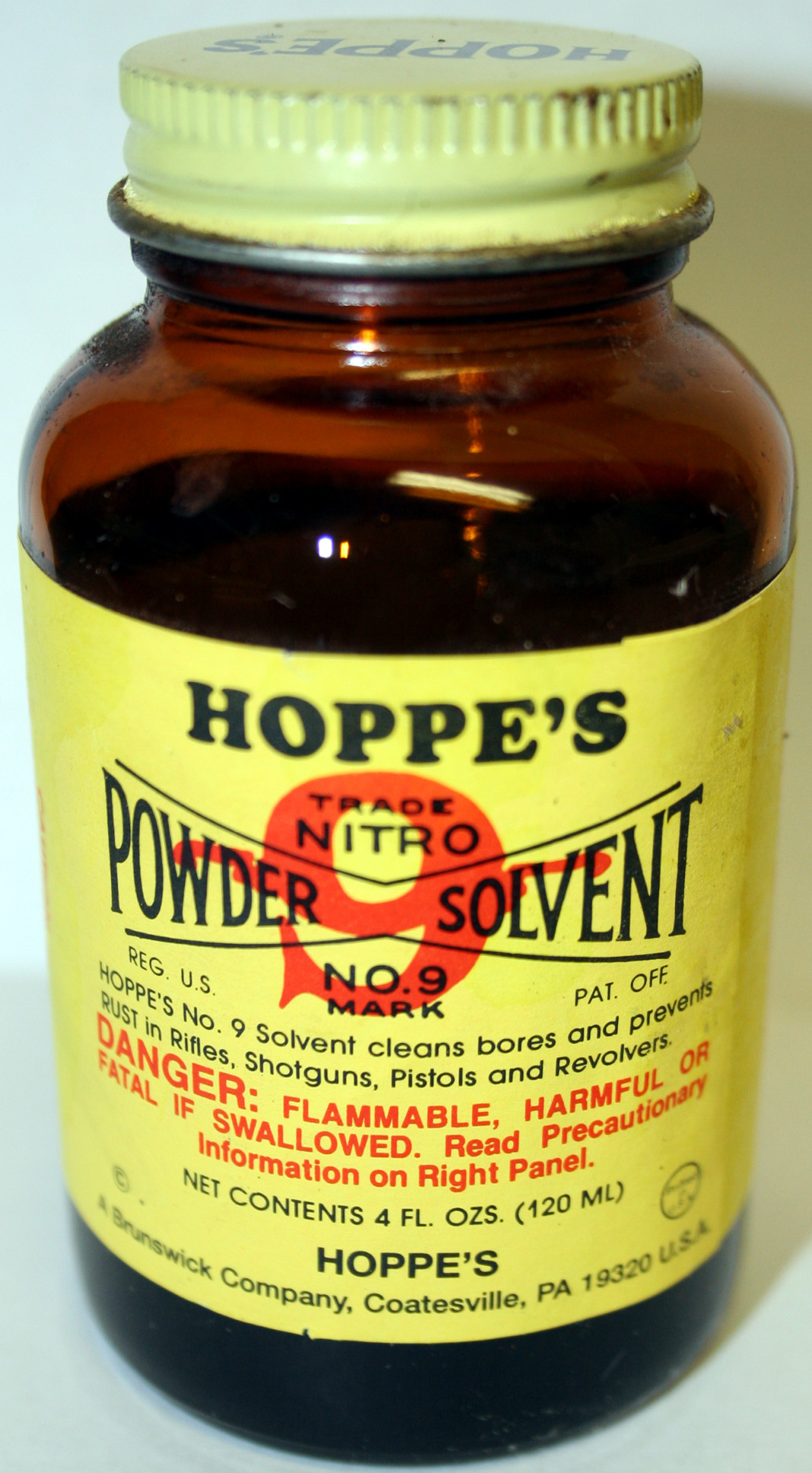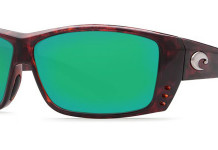Cleaning is kind of like seeing an ornery old relative: It’s not something you want to do — it’s something you have to do.
While cleaning up after yourself at home can be a drag, cleaning up your outdoor gear — specifically firearms — can be something that might get placed on the back burner. In all reality, cleaning your firearms after a hunt or upon preparing to store them after hunting season should be atop your laundry list.
The worst mistake a hunter or shooter can make is to put firearm cleaning off. I’ve seen high-dollar shotguns used in saltwater Texas hunting situations involving ducks and geese that become nothing but expensive paperweights because they weren’t properly cared for after going afield.
Worse yet, if you don’t do your due diligence in cleaning, you will end up popping open a gun case or gun safe later and finding the handiwork of chemistry marked by patches of rust and corroded metal. And that’s just the parts you can see. If the inside of a gun barrel becomes badly corroded, a fix either will be expensive or even impossible.
If a gun barrel becomes badly corroded or affected by rust and is not noticed, a hunter might stick a shell in, pull the trigger and end up with Elmer Fudd’s gun after a Bugs Bunny escapade — something that could be downright dangerous in Texas hunting situations.
Firearm maintenance aids Texas hunting pursuits
Thankfully, a man came along at the early part of the 20th century and left his mark on the firearm world. The forefather of gun maintenance is Frank Hoppe. Hoppe founded the Frank A. Hoppe Company in 1903, and the Hoppe name continues to hit shelves to this day. Hoppe was a pioneer member of the National Rifle Association and served in the Spanish-American War. Perhaps more importantly, Hoppe revolutionized the process of gun cleaning.
At the beginning of the 20th century, smokeless powder took the place of black powder, but gun cleaning was still an involved and tough process because the powders were so corrosive to barrels and other gun parts.
Hoppe was an industrial chemist, and through his work he was able to develop a product still used today, Hoppe’s No. 9 powder solvent. Hoppe’s No. 9 is a mixture of nine chemicals that has remained nearly the same for more than a century. The mixture, whose chemical components remain a secret, removes lead, copper or other particles and protects against rust.
The average gun cleaning kit contains solvent — Hoppe’s No. 9 in many instances — oil, patches, a rod and screw-on tips that hold patches on the rod.
While these items are all you need to complete a thorough defouling and lubricating of your firearm, you can purchase other hardware like Tico tools, brushes, mops and different-size patches. The same goes for chemicals. There are all types of oils and sprays that will do anything from form a barrier to prevent rust and corrosion to dry out moisture and seal metal surfaces.
One product you might think about adding into the mix is a Bore Snake, which retails for about $15. The Bore Snake, which generally cuts down on cleaning time and can be easier to use than a rod and patch, consists of a flosser that will remove particles, a brush that does much the same and a main cord with much more surface area than a patch that will pick up foreign matter.
Another good addition to your Texas hunting arsenal that costs about $4 is a silicon rag. The rag will remove any fingerprints and provide a protective finish when you are done cleaning your firearm. It also can work to wipe off fishing reels, especially if you’ve been hitting the salt water.
Thanks to modern advances, there are even electrochemical cleaners, like the Foul Out III by Outers, which removes lead or copper deposits through a device that plugs into a wall outlet. The Foul Out uses an electrode and chemical electrolytes to remove any harmful buildup inside the bore and even comes with an LED light to tell you when the cleaning process is complete. At about $100 it’s not inexpensive, but it likely will take any doubt out of the debate of how well you cleaned your firearm. It can be a good investment if you’re going to be cleaning a bunch of guns.
The main thing to understand is cleaning a firearm isn’t difficult. You don’t have to know ballistics specs or the chemical makeup of the products you’re using to properly clean a gun.
There are a couple of things to remember. The first is to go easy on the solvent, oil or other products you might apply. Some cleaners will affect wood and synthetic gun parts, so you might want to check the directions before using a new product. Using too much oil or other cleaners and lubricants can gum up the action or other parts. Excess oil also can trap dust and other particles if it isn’t rubbed off properly, providing more problems down the road.
Another thing to remember is you don’t have to use brute force to get all the powder, grit or particles out of or off of a firearm that has been used in the field or at the range. Scrubbing too hard, especially with brushes or other scouring products, can damage the gun’s inner and outer workings.
It’s also recommended to clean a firearm in a place with plenty of ventilation. Gun-cleaning products, specifically solvents, are caustic and smell about like what you would think. You definitely don’t want to accidentally get some in your eyes or mucous membranes.
Ultimately, cleaning a firearm can be a rewarding experience because you can reflect on your time in the field or at the range while you’re doing it. It also will provide you with many more rewarding Texas hunting experiences knowing that you’re taking proper care of your gear and it will continue to function well.
I’m just waiting for someone to come up with a cleaner to make ornery old relatives or acquaintances less stubborn.
Hey, miracles can happen.























Such great post and wonderful points here. Thanks… It works really well for me.